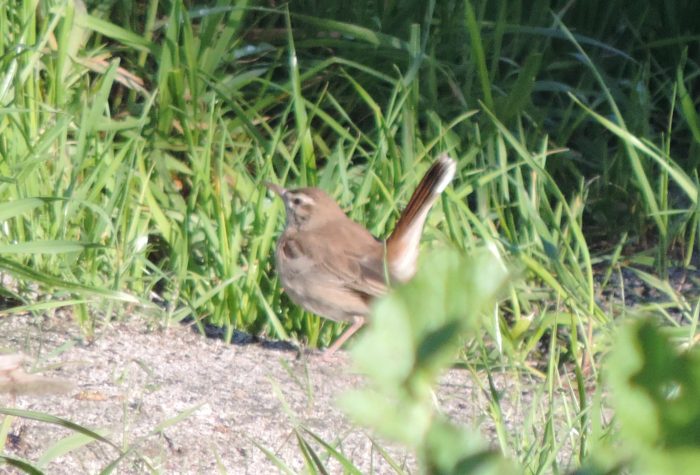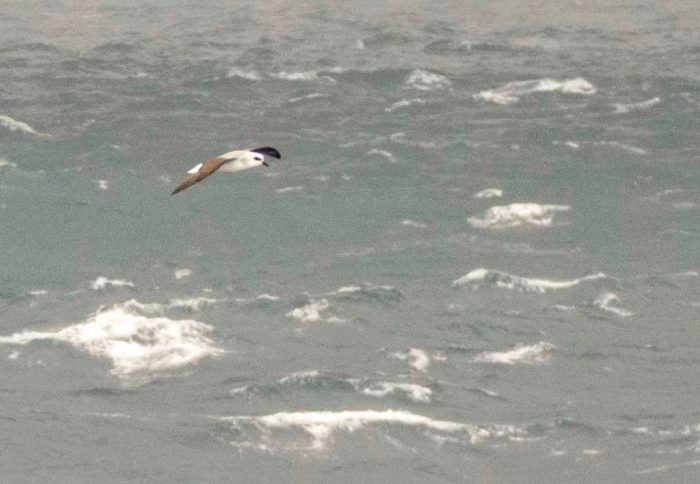A vagrant is an individual of a species found far outside its normal range.
Once upon a time, sightings of Hadeda Ibises caused great excitement in Cape Town. From the 1960s to the 1980s they were vagrants, with irregular sightings every few years. The first recorded breeding record on the Cape Peninsula was in 1989. The rest is history! From being a vagrant the Hadeda Ibis has become a common and abundant species. It expanded its range from the east, where they were common. So the Hadeda Ibis would only have been described as a vagrant in the Greater Cape Town area.
Most of the species described as vagrants to the whole of southern Africa are migrants either from the north or from the south. The vagrants are individuals which have flown much farther than they ought to have. Sometimes they have been caught up in bad weather systems and been taken off the normal route; they have just kept flying and eventually made a landfall in Africa. Sometimes, it seems, vagrants are birds that got their orientation wrong, and flew in the opposite direction to what they ought to have done; this kind of vagrancy tends to occur in March-April, when birds fly south instead of north.
A good example of a vagrant from the north is the Rufous-tailed Scrub-robin. There are quite a few photographs of the this species in the BirdPix section of the Virtual Museum from the Sahel – Sudan and Nigeria – where this species normally spends the non-breeding season. So it was a massive surprise when one turned up near Zeekoeivlei, on the Cape Peninsula, Western Cape, in July 2016. The distance the breeding and non-breeding ranges of Rufous-tailed Scrub-robin is about 2,000 km; it breeds around the shores of the Mediterranean Sea and eastwards to Pakistan. The bird was a vagrant by a massive 5,000 km, the distance that Zeekoeivlei is south of its normal non-breeding range. This remains the only record for southern Africa. A by-product of this record is that, the local field guides needed to commission artwork and redesign the plate which contains the scrub-robins – Rufous-tailed Scrub-robin is in the same genus Cercotrichas as the resident scrub-robins of southern Africa (e.g. Karoo and Kalahari).

Examples of vagrants from the south are many of the petrel species. They fly north from the Antarctic during winter, but normally as far north as any of the southern continents. When they do occur in southern Africa, it is usually in winter – April to September, and often in June and July.

This White-headed Petrel was recorded about 40 km southeast of Cape Agulhas, the southern tip of Africa, towards the end of April 2017. Its an example of a vagrant from the south, with this record in early winter. The nearest breeding colony is on the Crozet Islands, in the southern Indian Ocean, more or less due south from Madagascar, and about 1000 km east of Marion Island, and on about the same latitude.

Sometimes the distinction between “rare” and “vagrant” gets a bit blurry. Most summers there are one or more reports of Eurasian Oystercatchers somewhere along the coastline of southern Africa. They often hang out with flocks of African Oystercatchers, but there is nowhere that you can reliably go to see them. They are in the grey zone between “rare” and “vagrant”.
